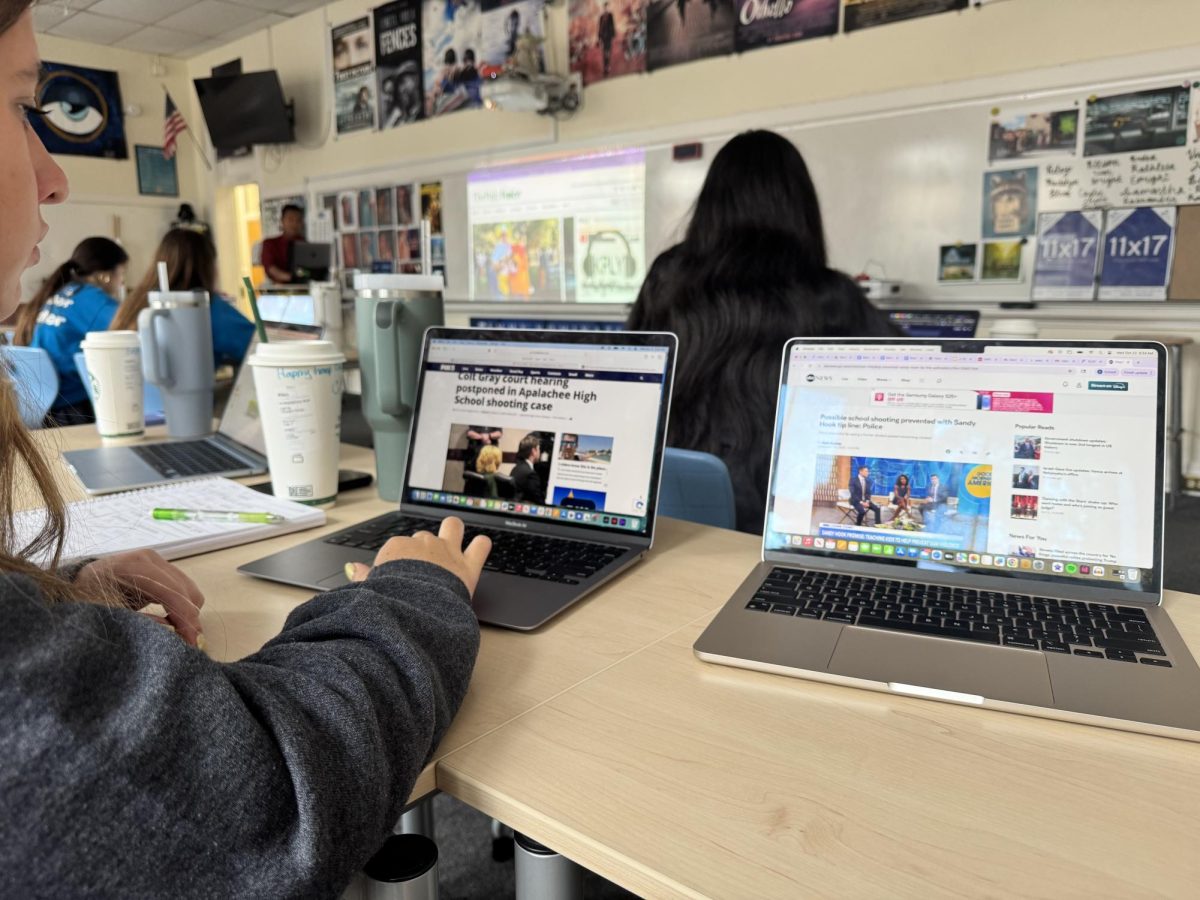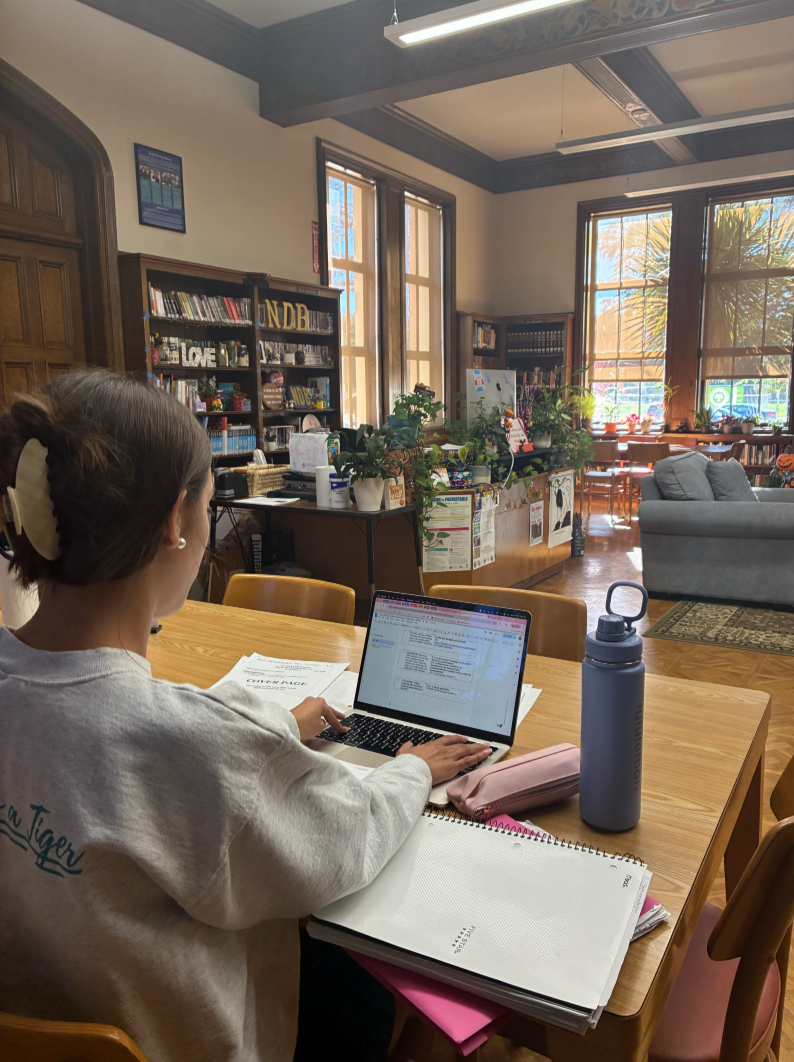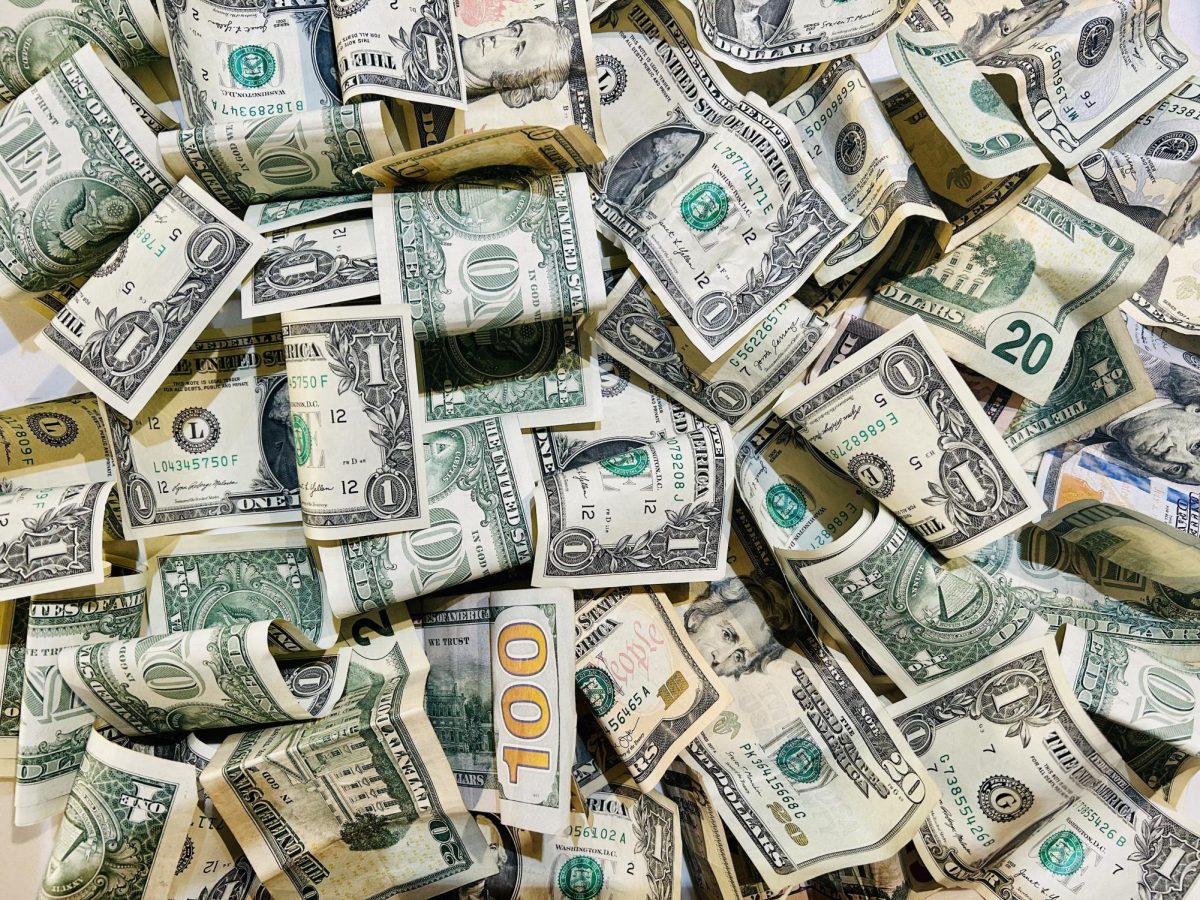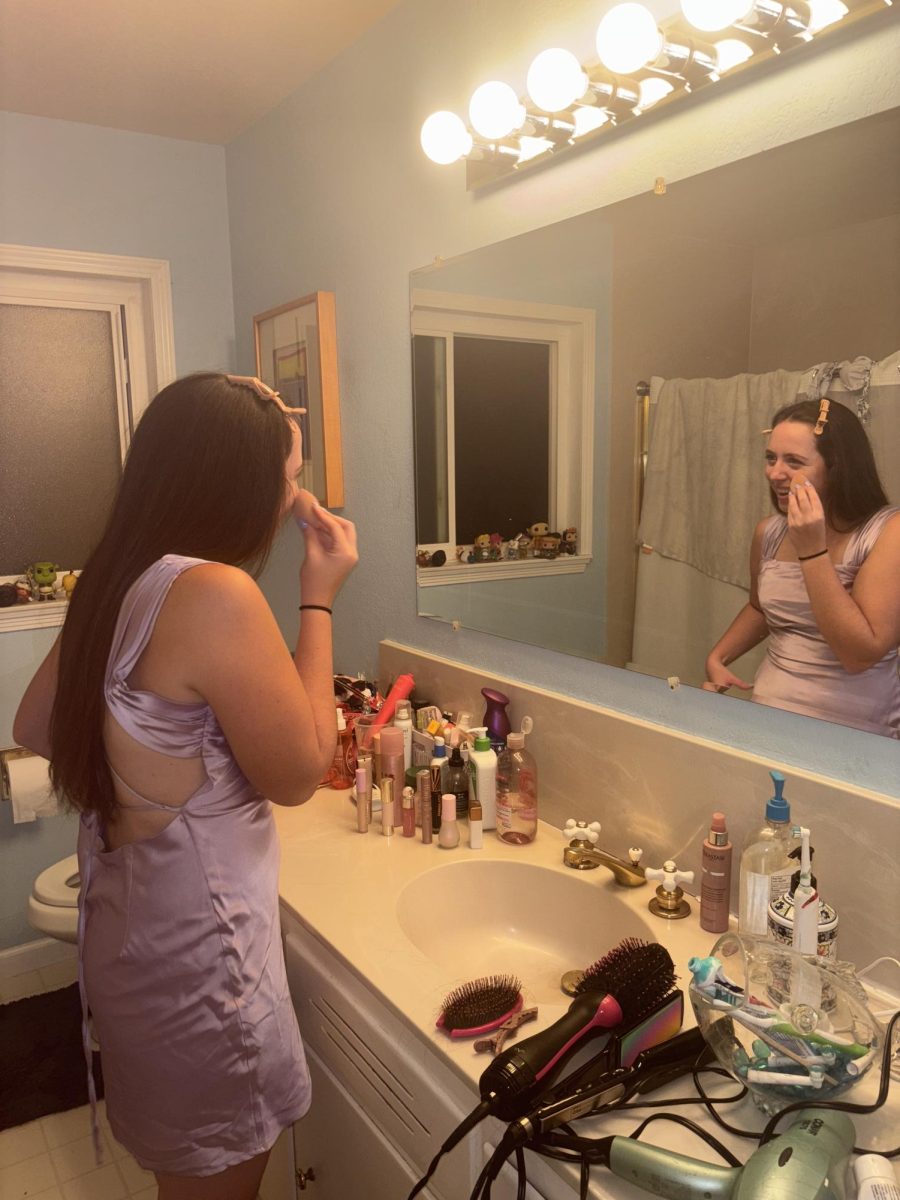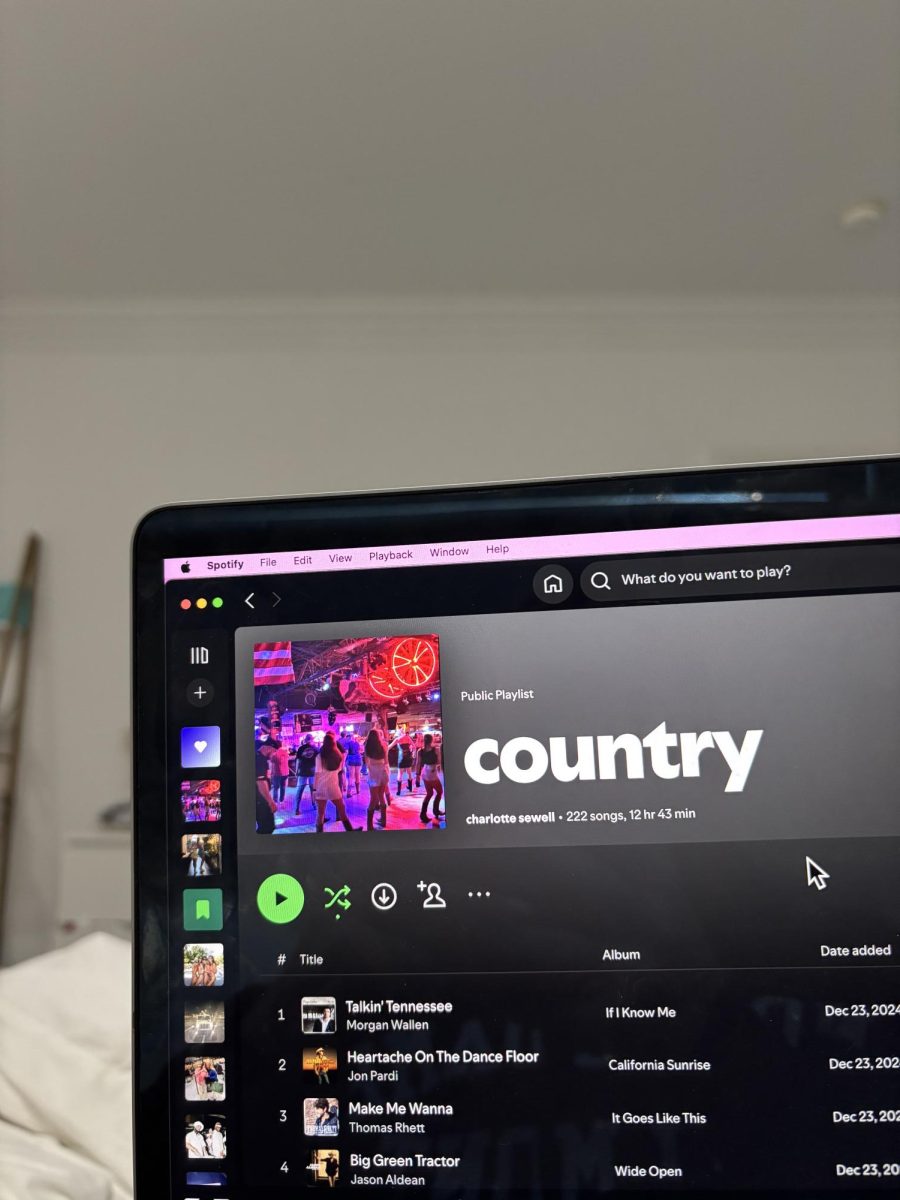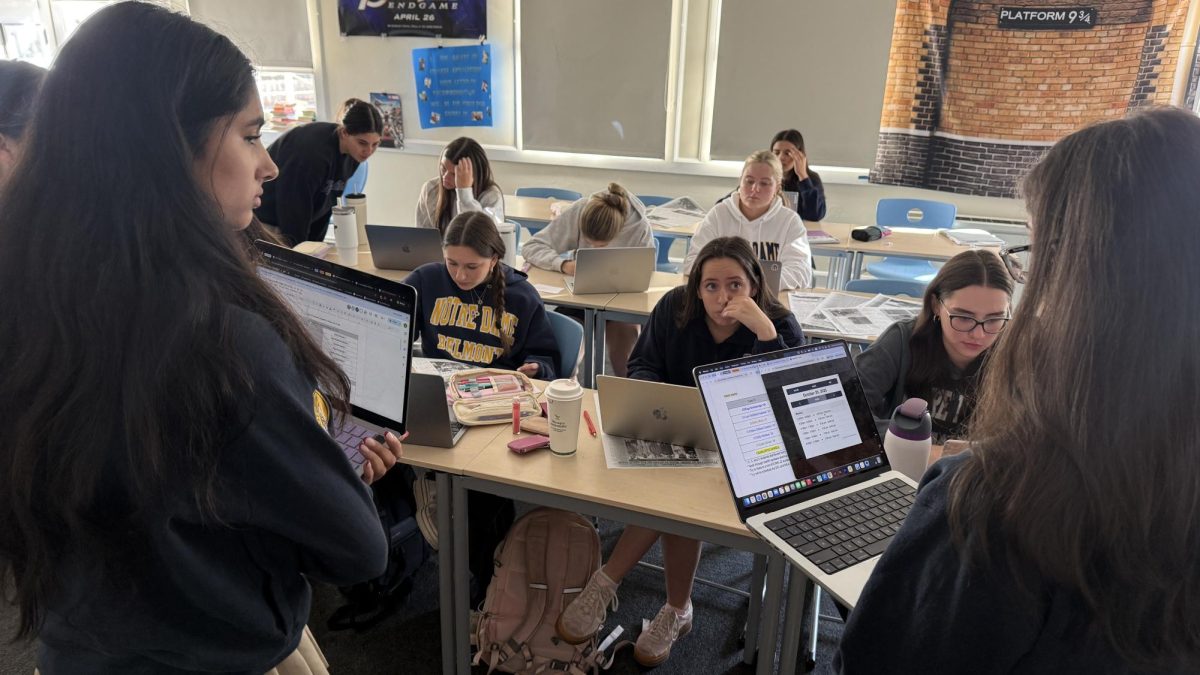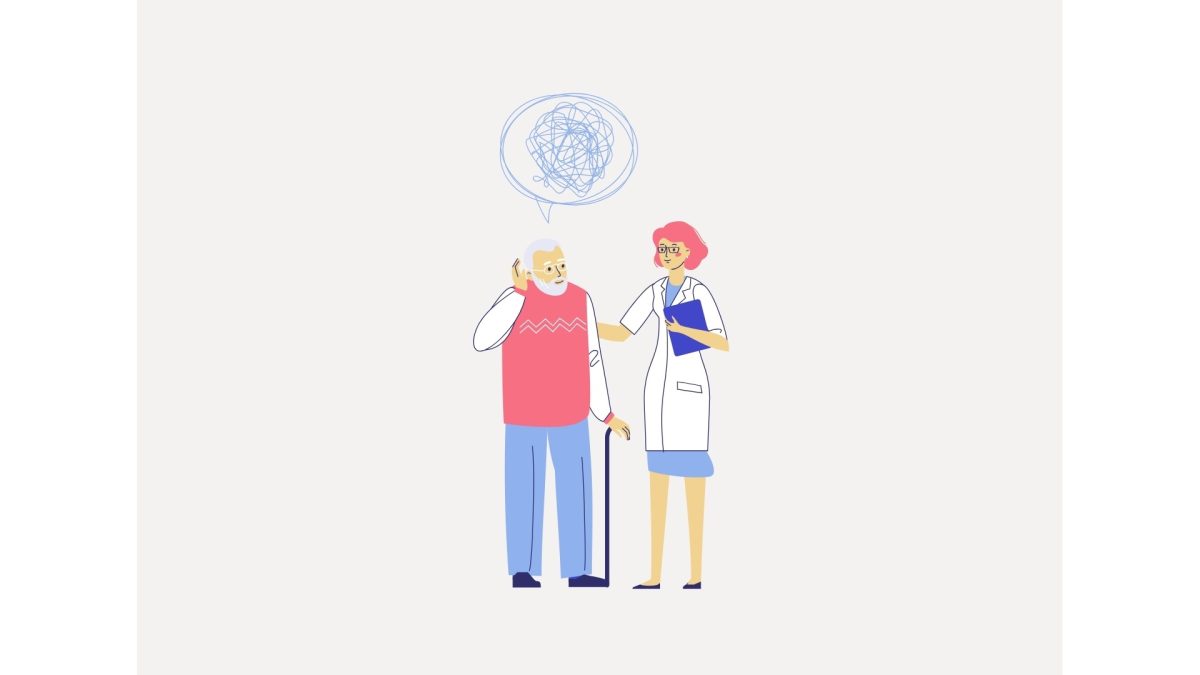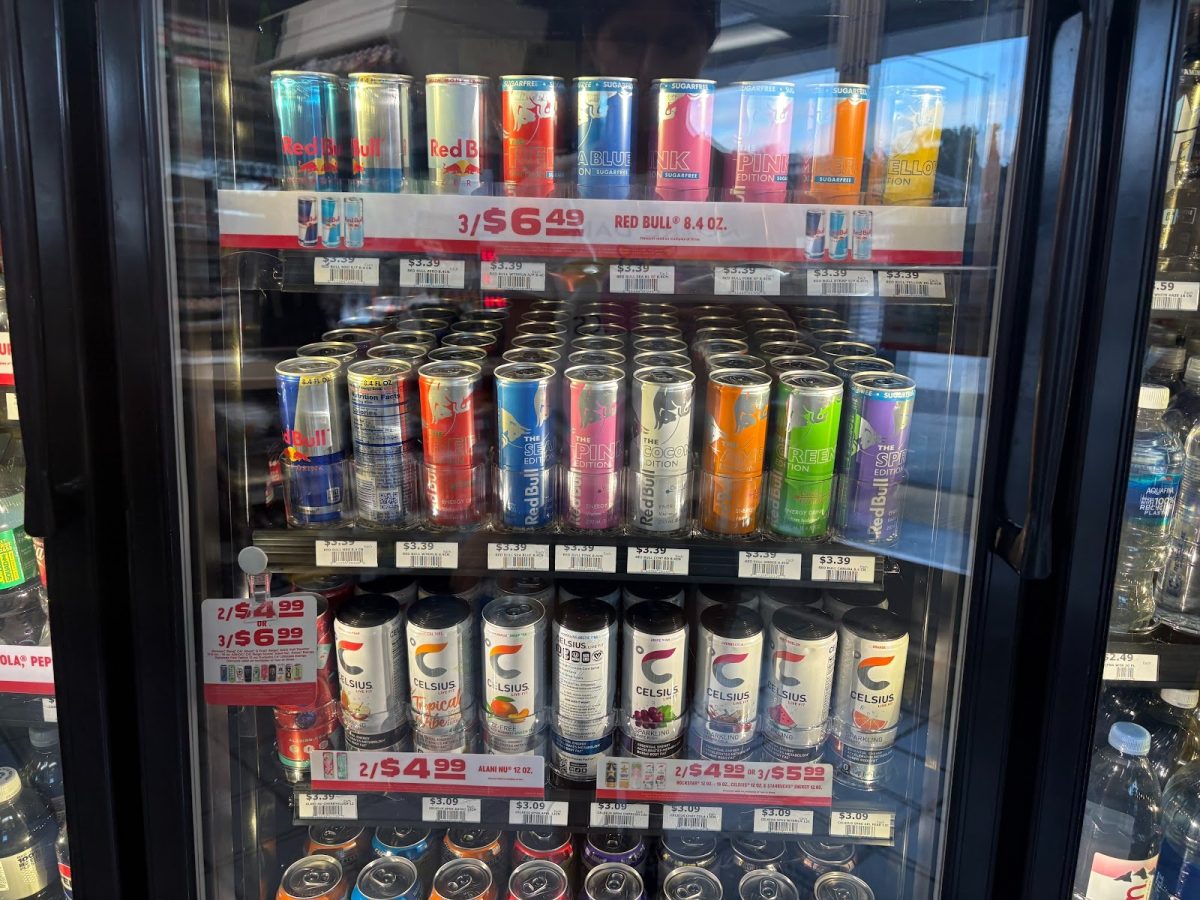As prom season approaches, excitement builds across campus — but so does the stress that comes along with it. For many students, the dream of the “perfect prom night” comes with a big price tag that’s becoming harder and harder to ignore. From expensive dresses to professional hair, makeup, tans and transportation, prom has transformed from being just a school dance and is now seen as a major financial event.
What was once a semi-formal tradition has now altered into an evening that some students and teachers say is more about appearance and social expectations. It used to be seen as a simple night to just enjoy and dance with friends. Many students feel pressured to spend lots of money just for the picture-perfect idea of prom that has been highly promoted through social media.
Teachers have also noticed the growing pressure. Many say that prom has changed over the years, and it has now become more about appearance, trends and spending rather than just celebrating with friends one night at a fun school dance. Some worry that the rising cost is widening the gap between students who can afford the full experience and those who can’t.
“I understand that there are many expenses that prom needs to pay for. For example, for the winter formal, the tickets are $75; however, more than 60% of that is just for the hotel, and you still need to pay for the DJ, hotel, and photo booths, and the prom has two photobooths. I suspect that it’s not more than it has to be to pay for itself. Prom is more expensive because it’s only available for juniors and seniors,” states NHS Moderator Jonathan Tomczak, “Prom leads people to artificial tanning, but prom is a way for people to dress up and become fancy, and that’s a key part of the adolescents in high school.”
Prom is meant to be a celebration, not a source of stress and worry. As students and teachers continue to raise concerns about affordability, it may be time to rethink what prom means — and how to make it inclusive, fun and financially fair for everyone.


